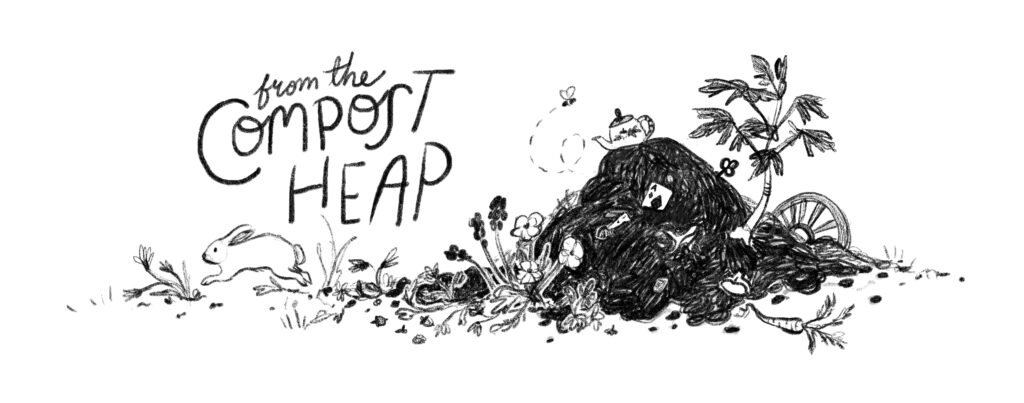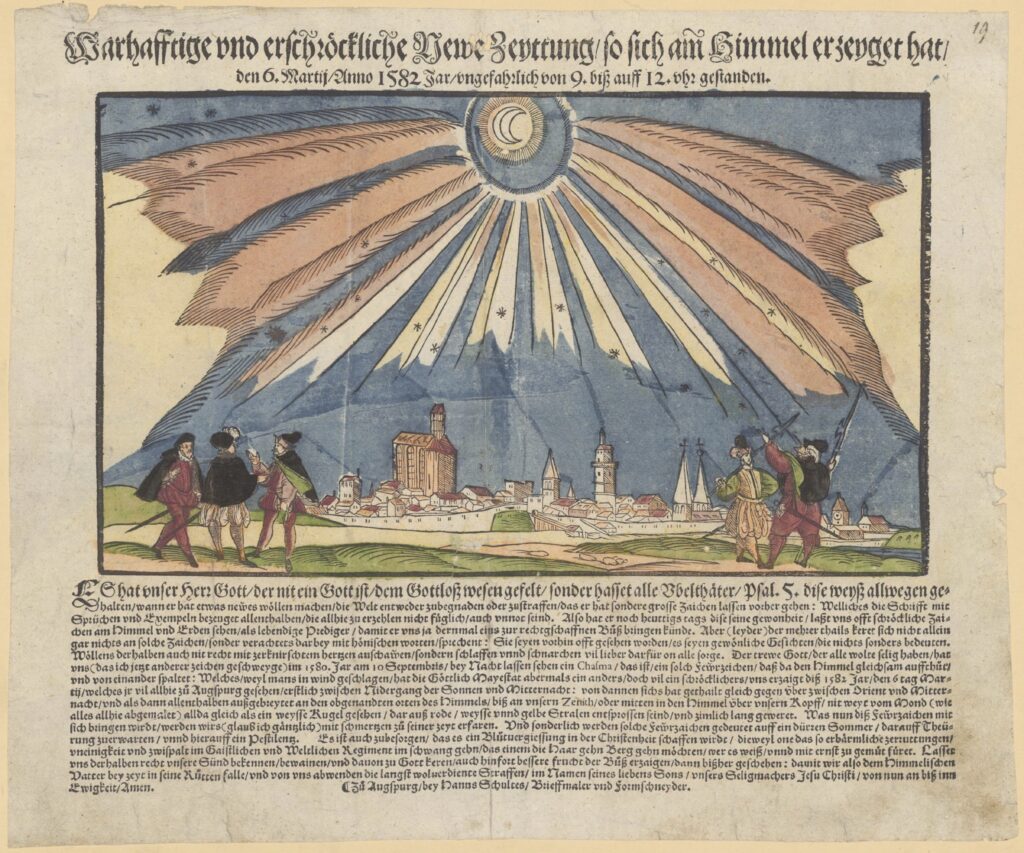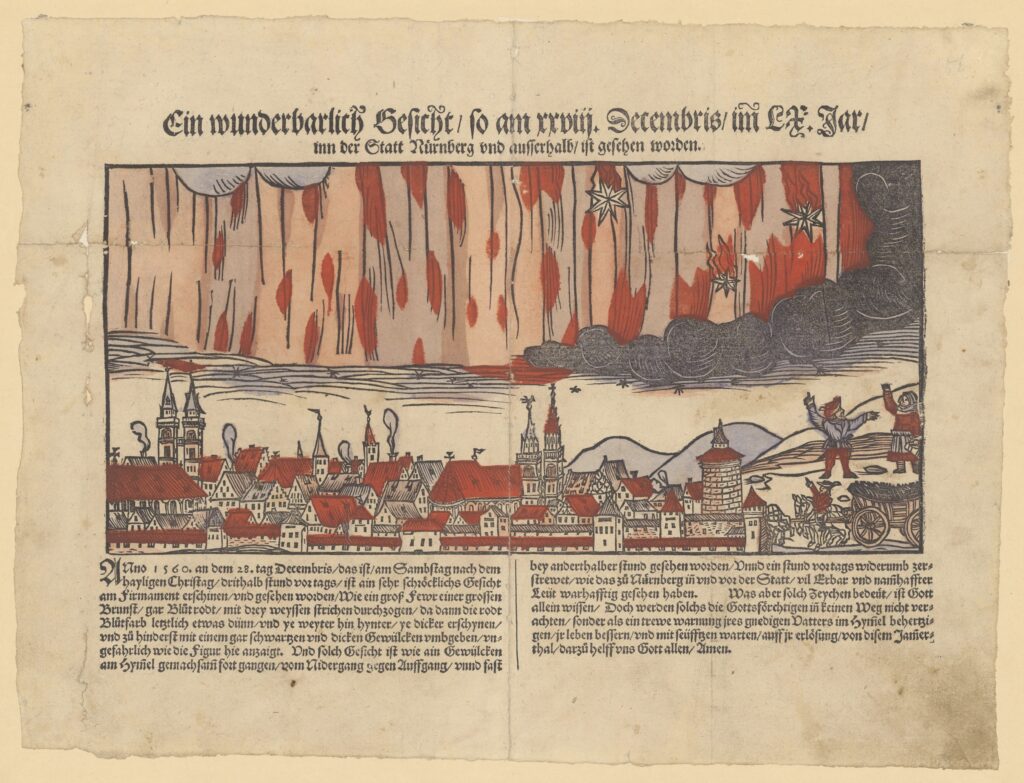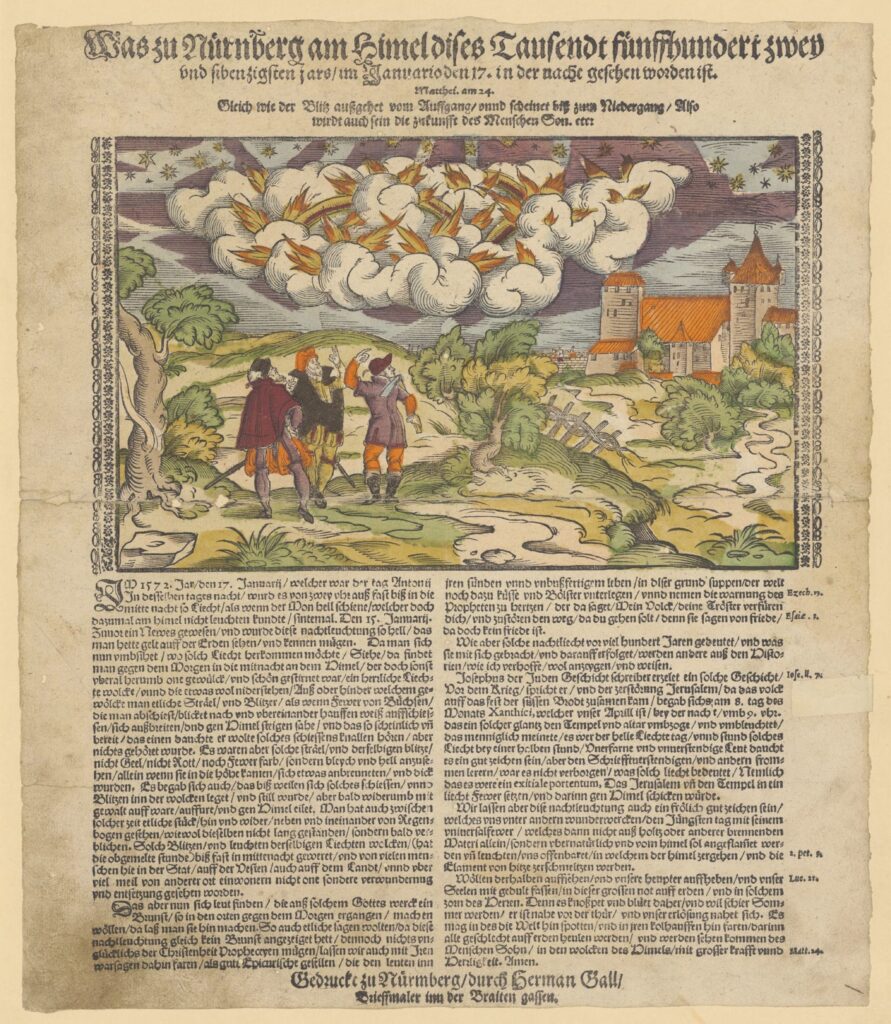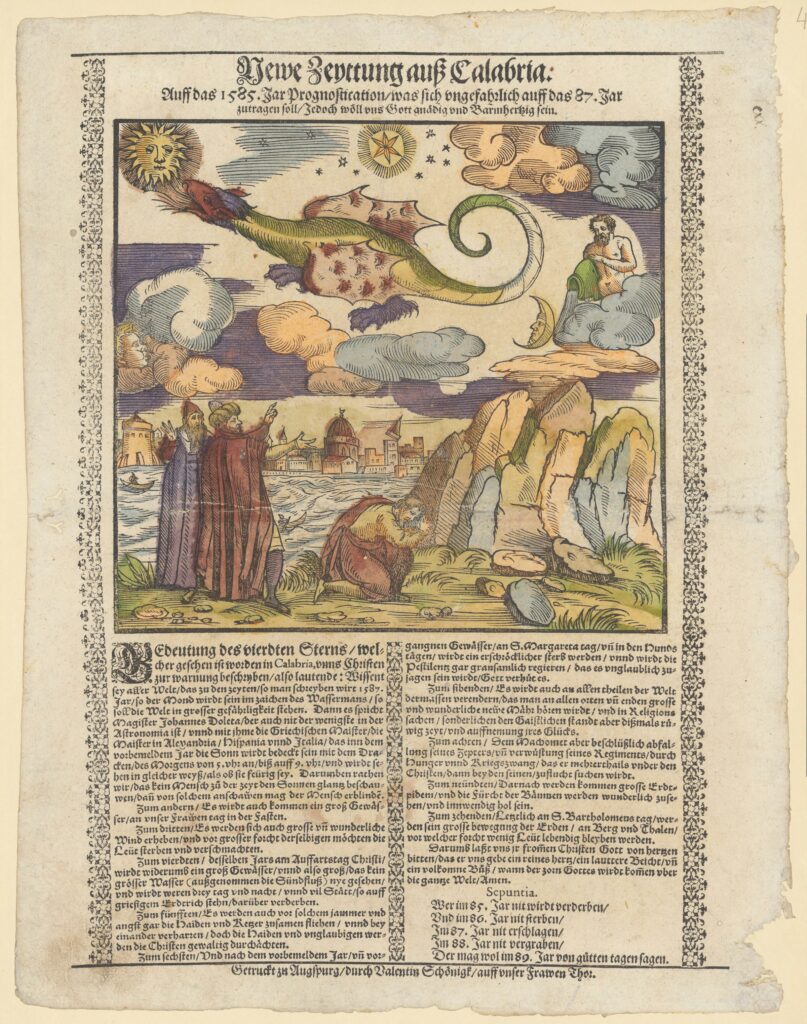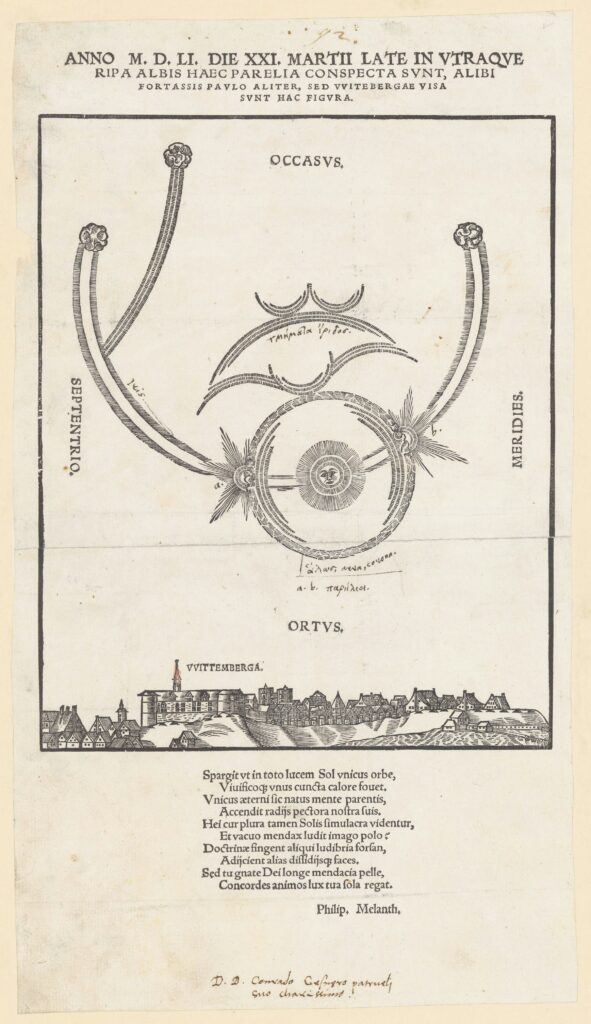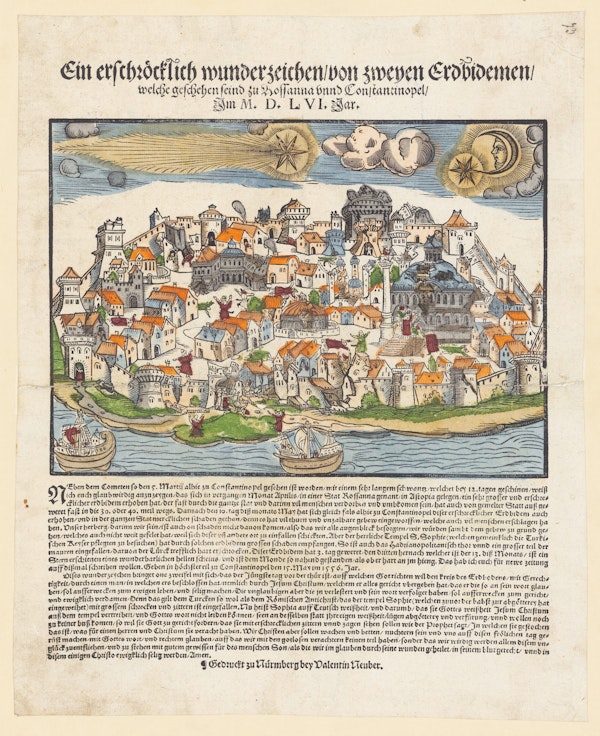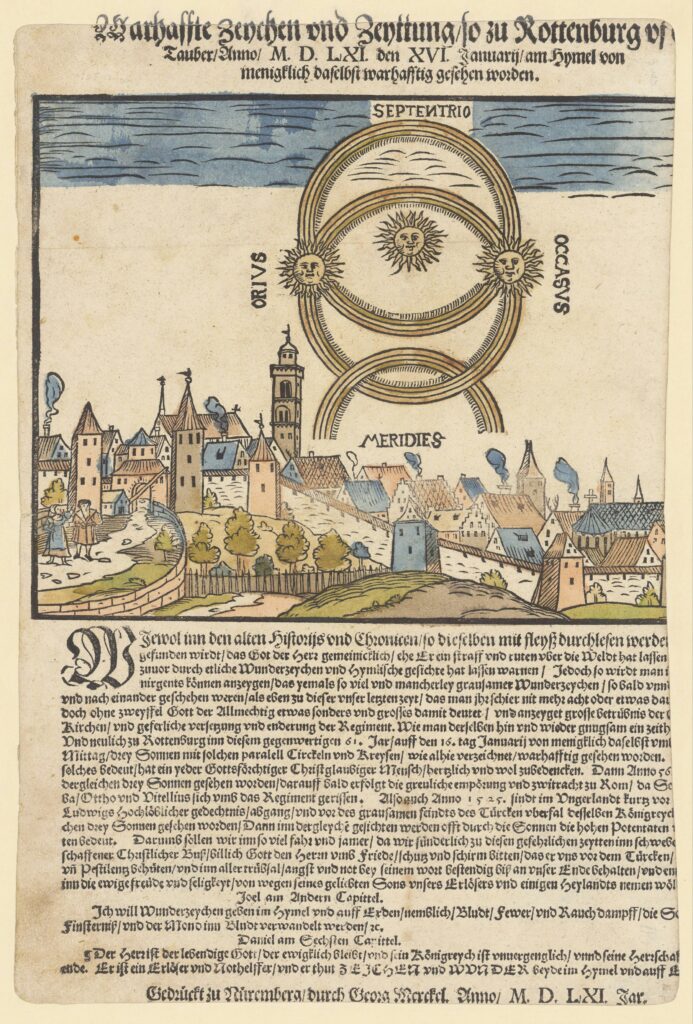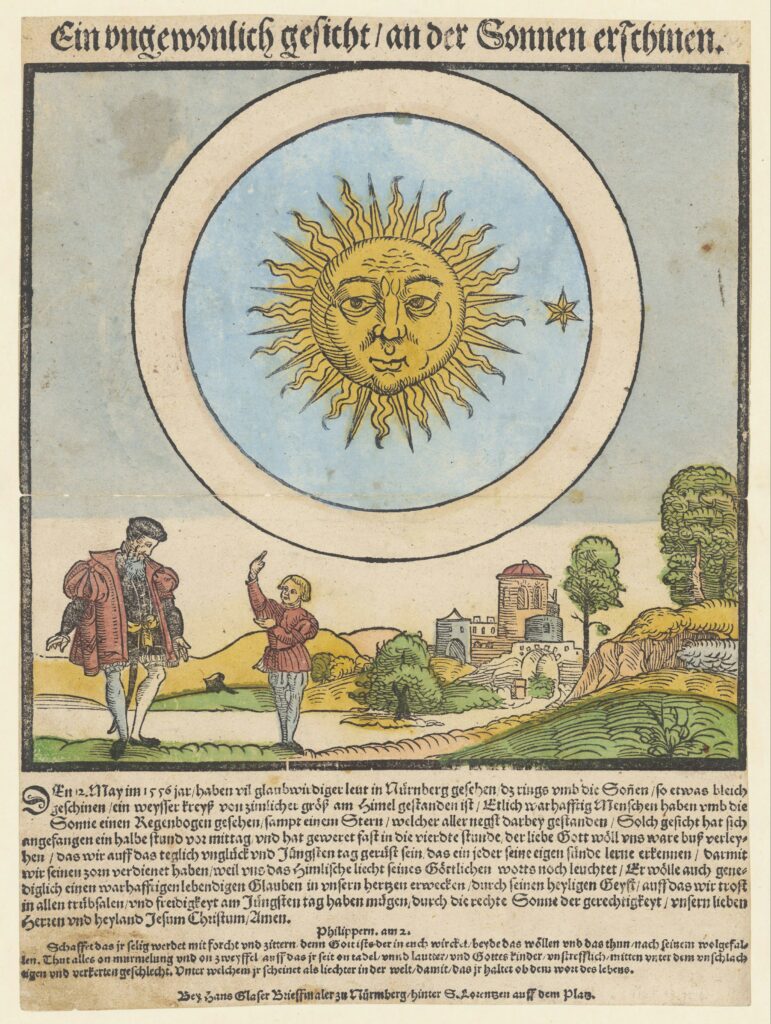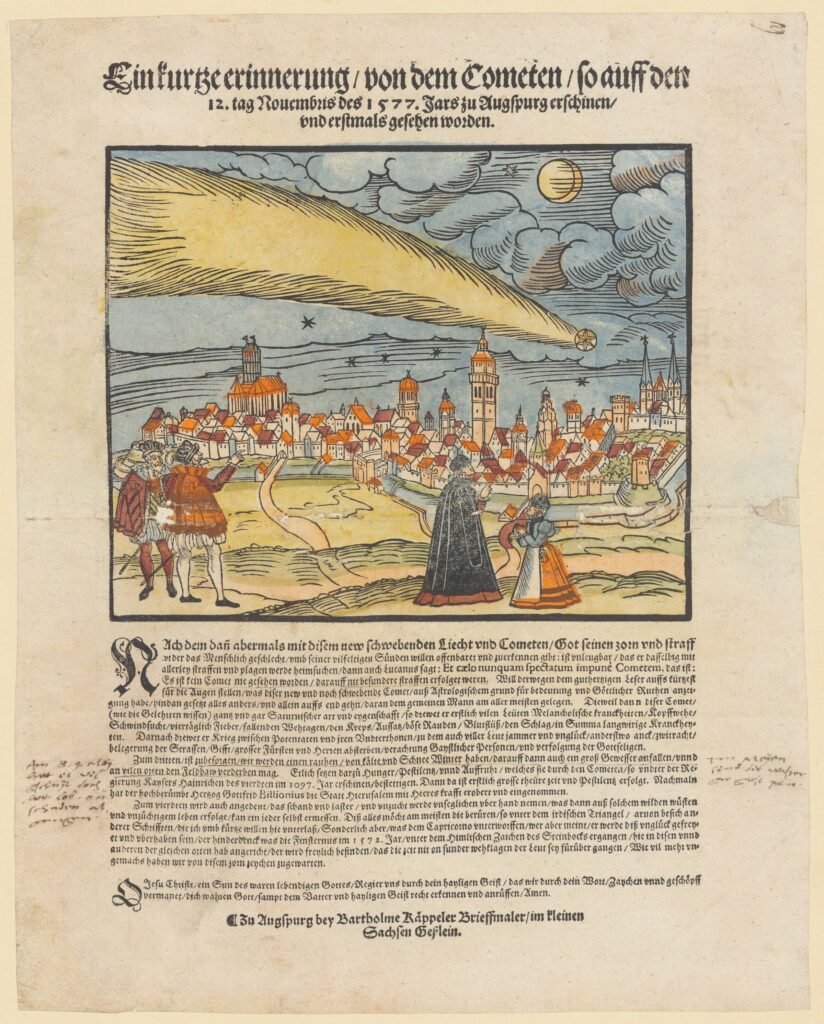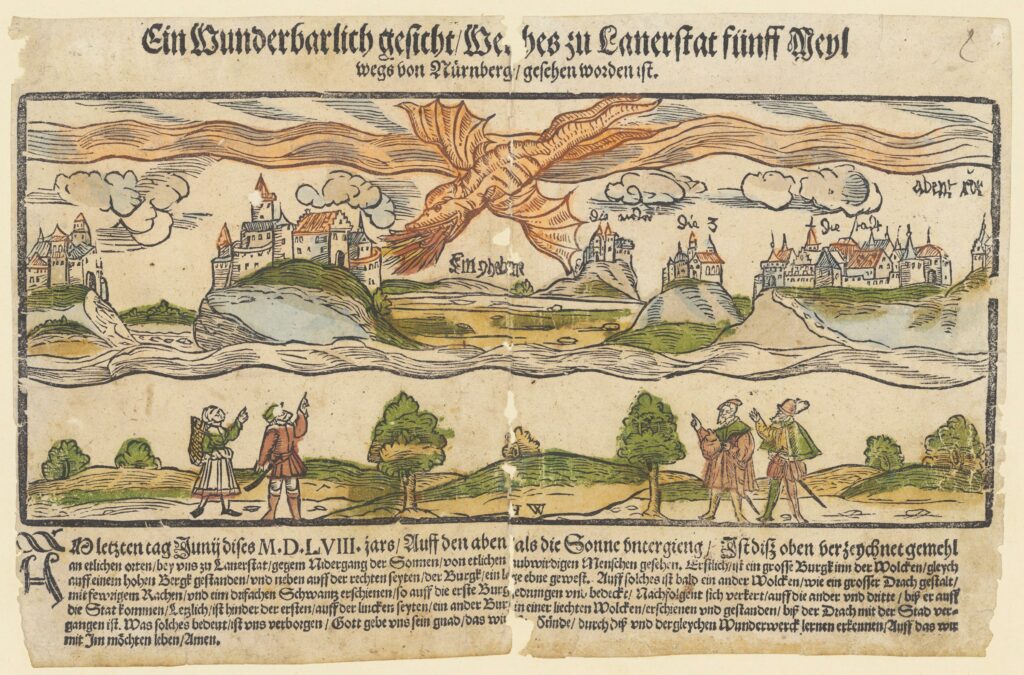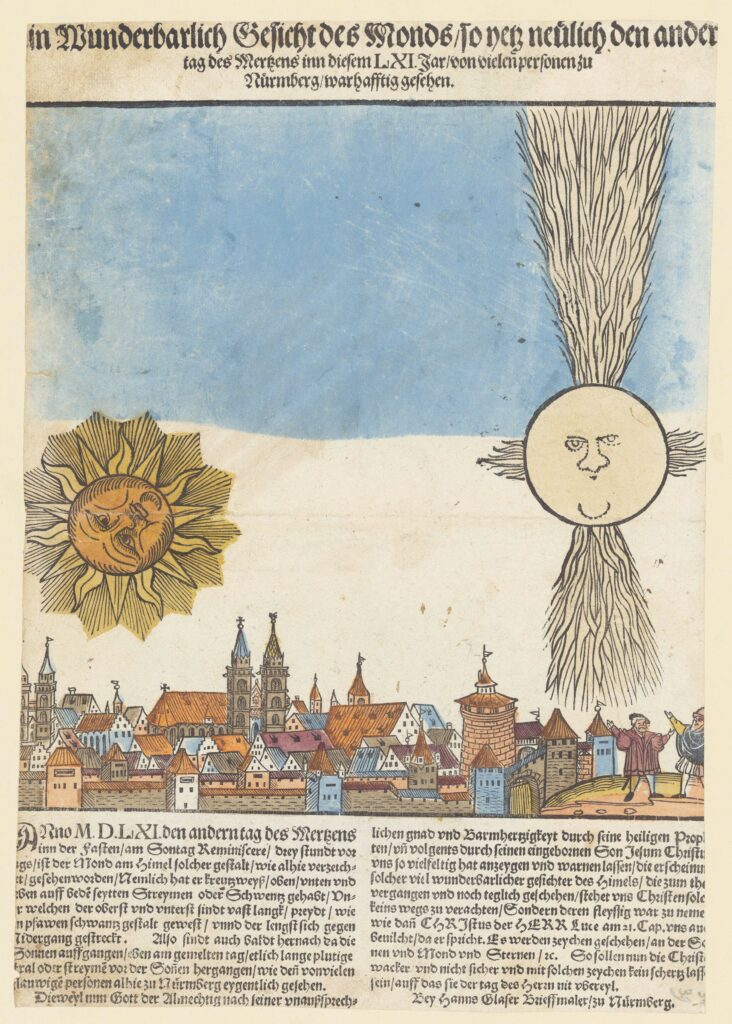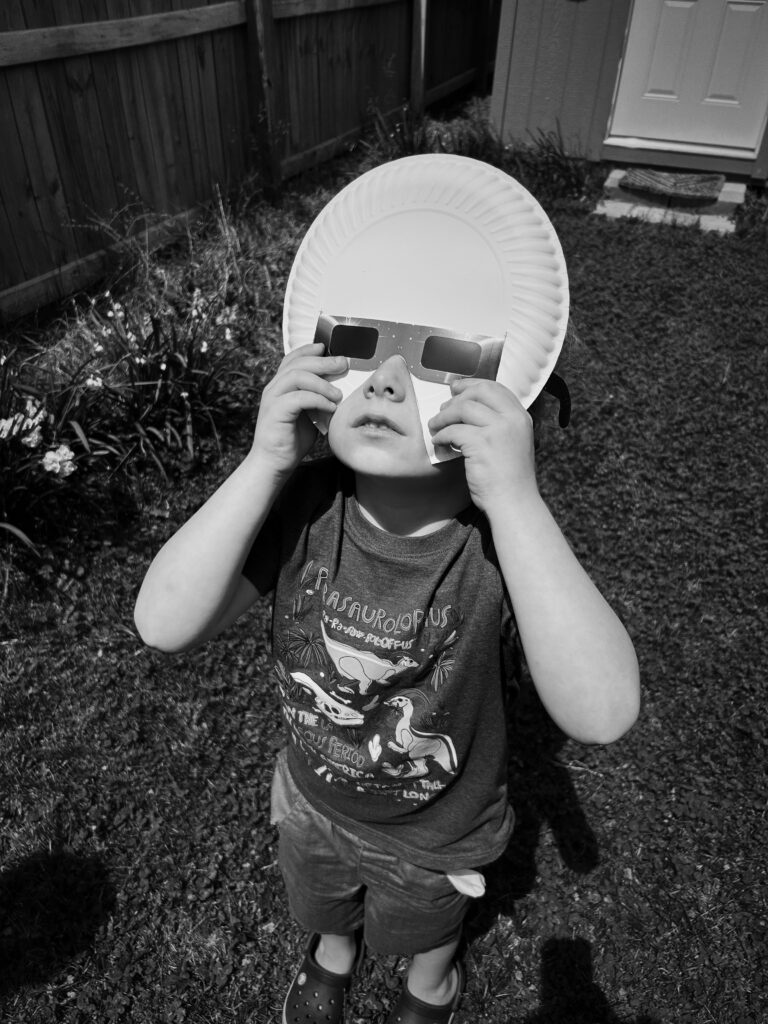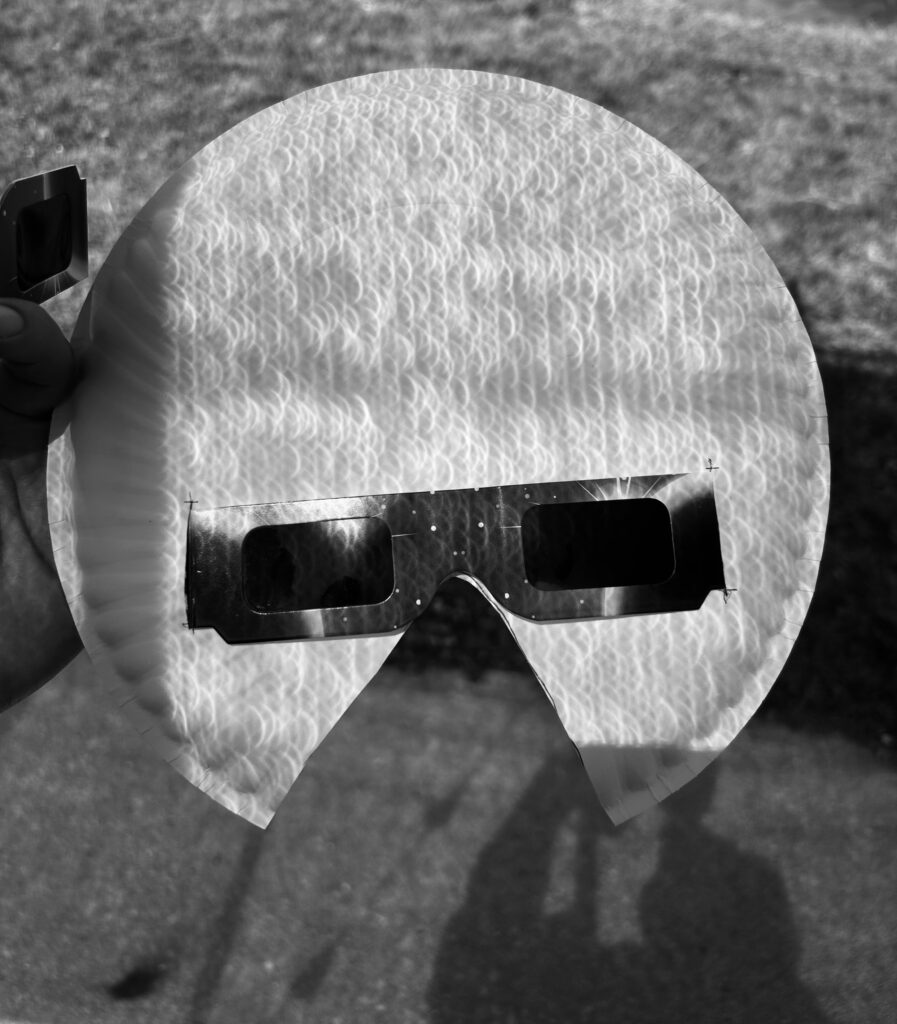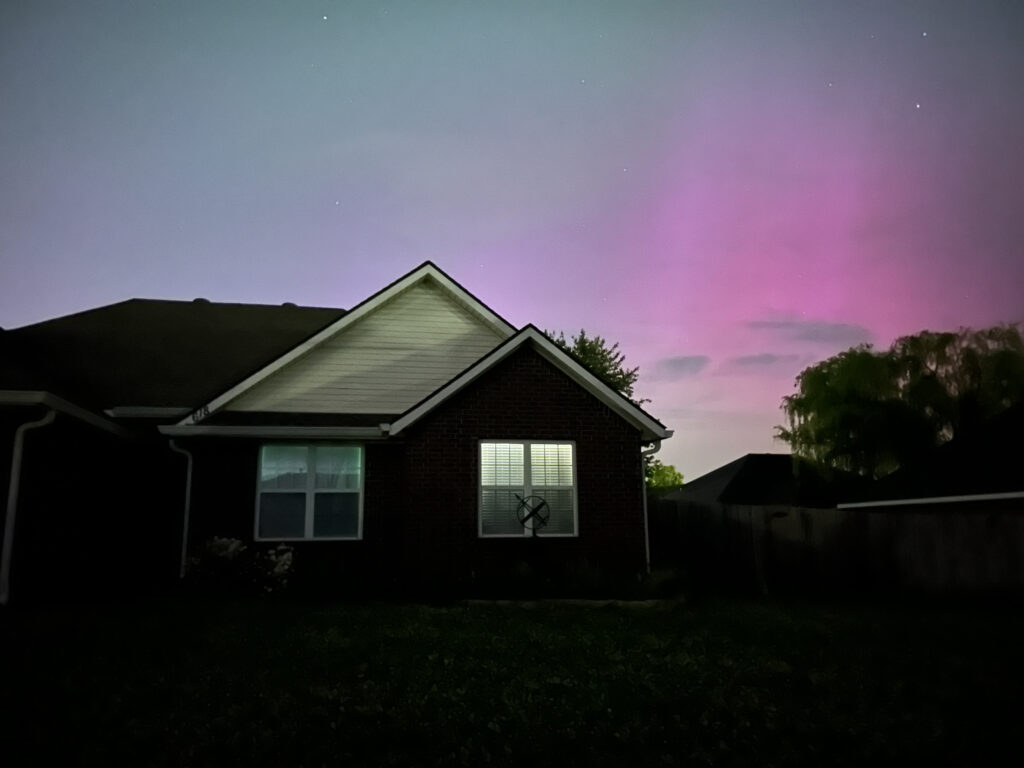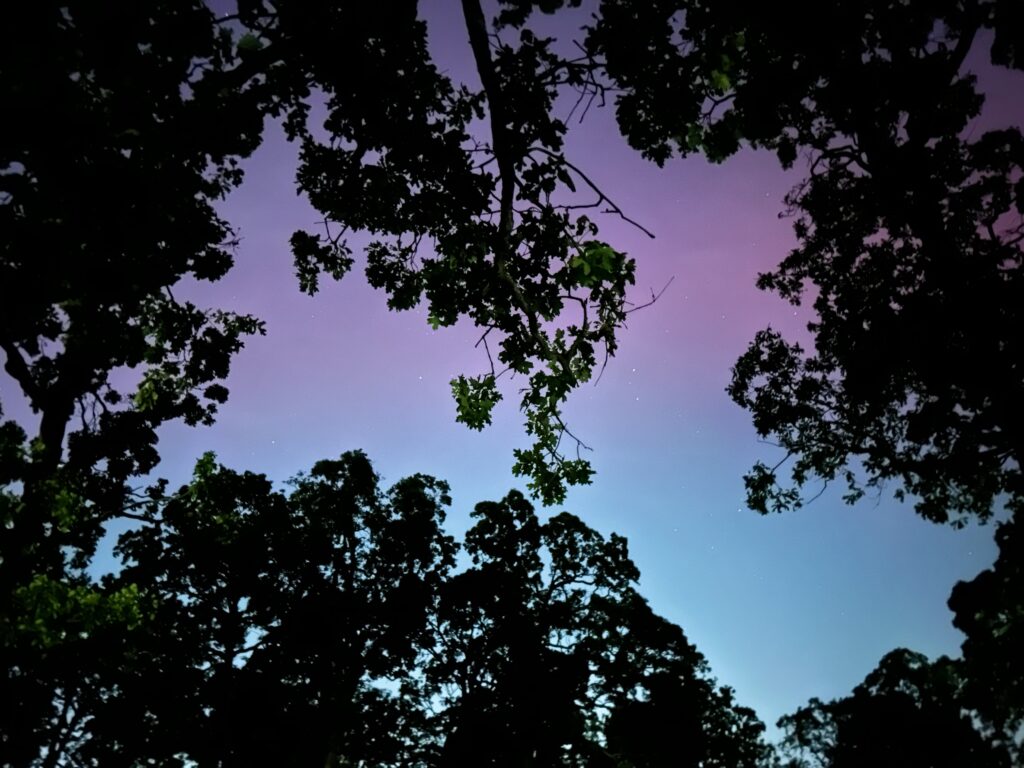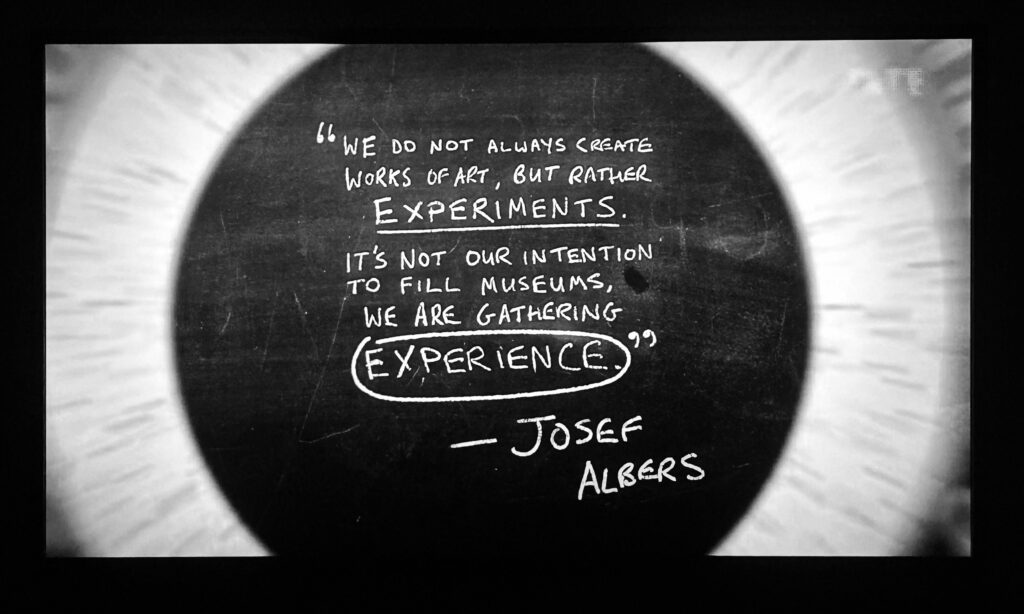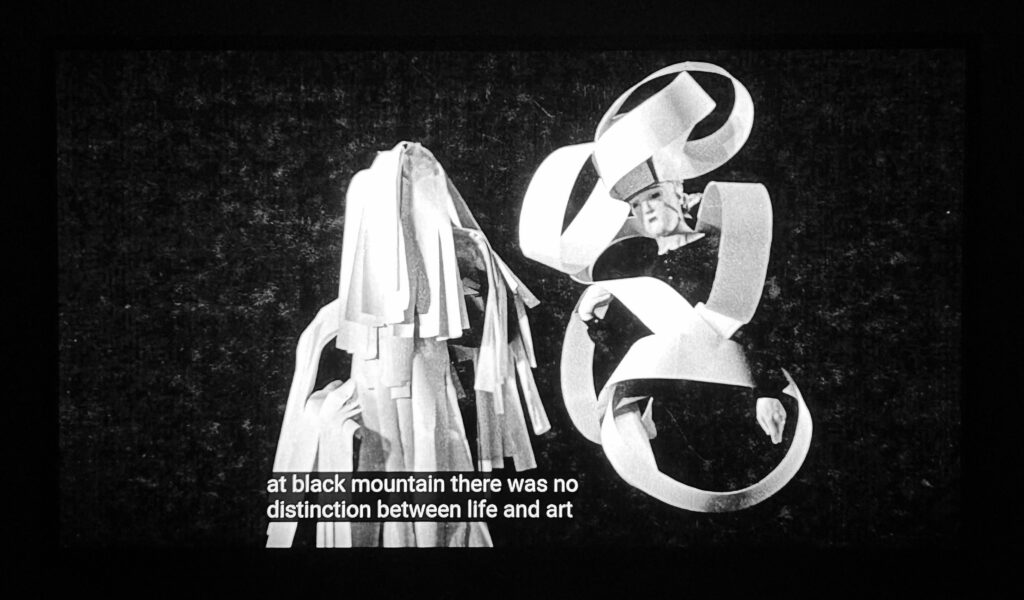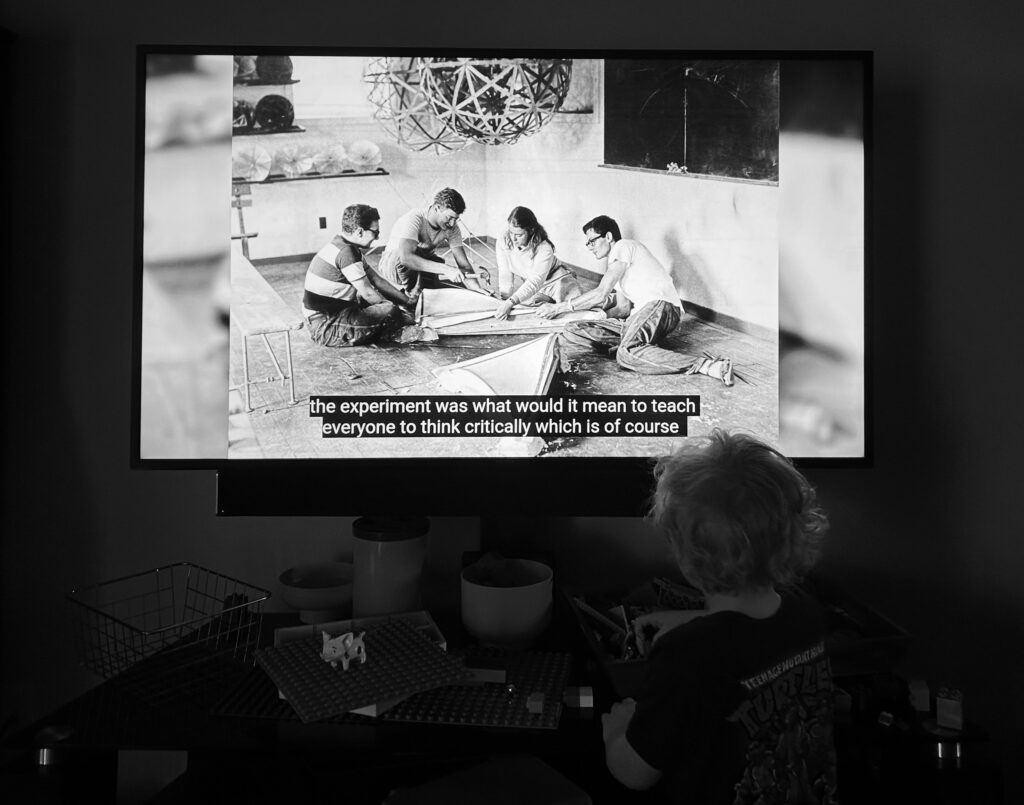By Helen Molesworth
These early index cards were specifically collected for ideating the type of creative community I want to cultivate.
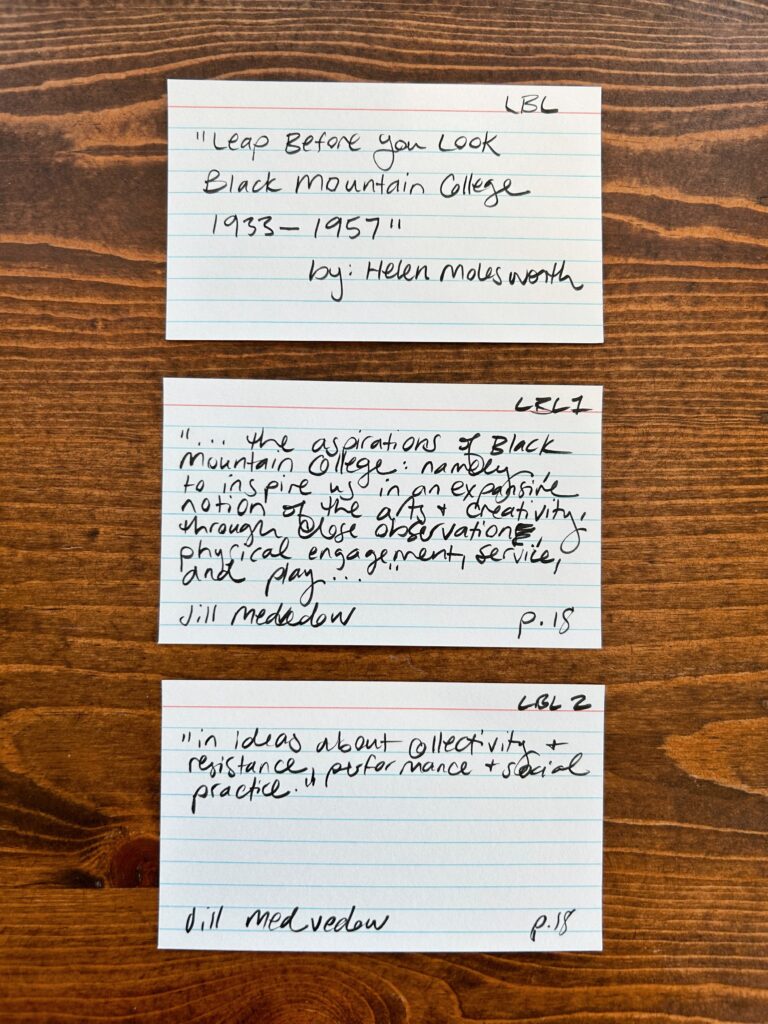
There are a lot of threads to pull on here.
“the aspirations of Black Mountain College: namely to inspire us in an expansive notion of the arts and creativity through close observation, physical engagement, service, and play…”
Jill Medvedow (p. 18)
Keeping an expansive view of art and what it can do and be. It also feels important that creativity can both be of service and play which so often seem at odds with one another.
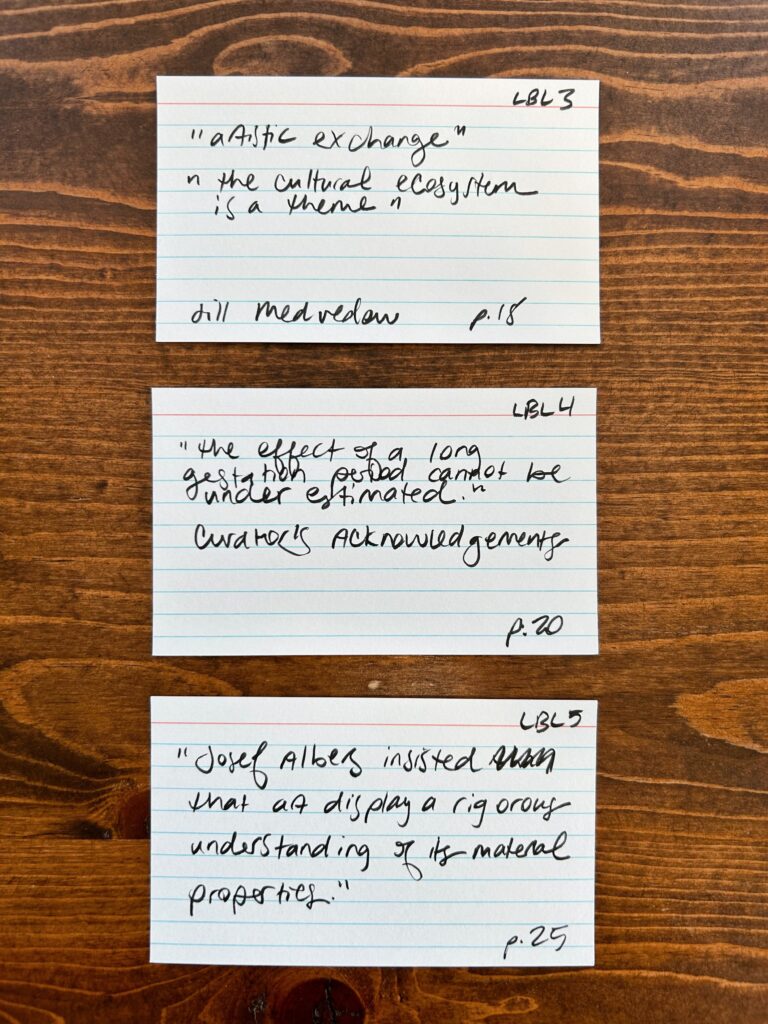
“artistic exchange” and “the cultural ecosystem is a theme”
Jill Medvedow, p. 18
“the effect of a long gestation period cannot be under estimated”
p. 20
“Josef Albers insisted that art display a rigorous understanding of its material properties.”
p. 25
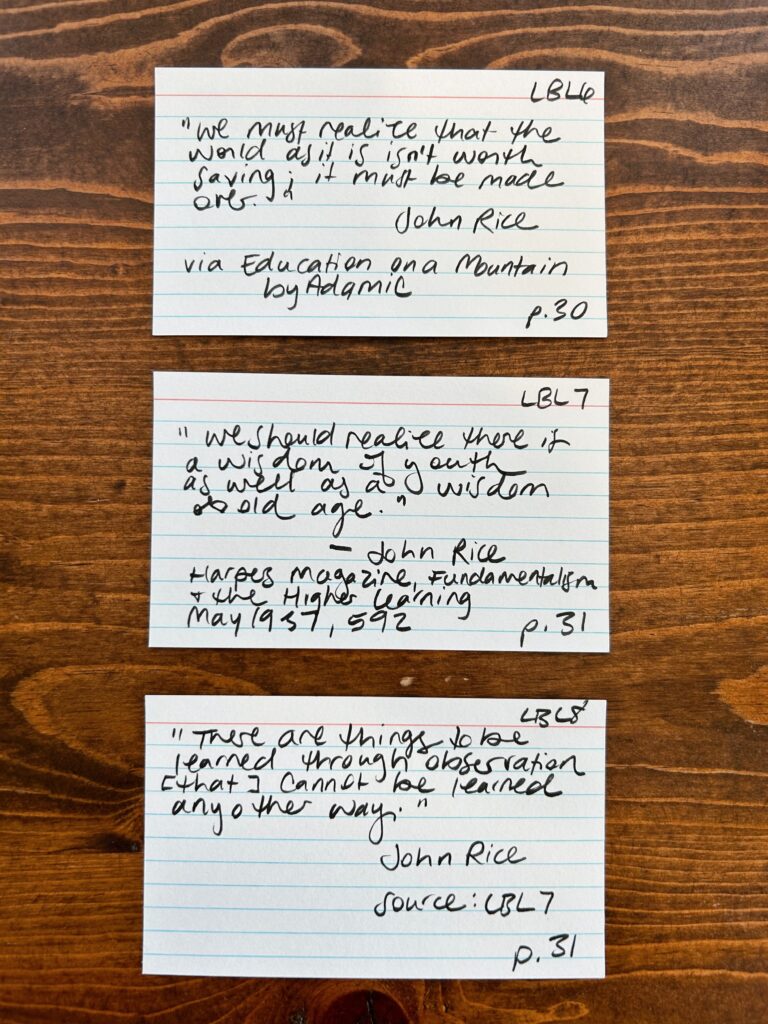
This quotes are at the heart of a desire for social change. It still feels very radical to value the wisdom of youth. And also the focus on practical learning.
“We must realize that the world as it is isn’t worth saving; it must be made over.”
John Rice, p. 30
“We should realize there is a wisdom of youth as well as wisdom of old age.”
John Rice, p. 31
“There are things to be learned through observation (that) cannot be learned any other way.”
John Rice, p. 31

“Whatever cannot be expressed in words cannot be learned in words.”
John Rice, p. 31
This ties in to a conversation I had with Morgan Harper Nichols and this idea that art is a form of communication.
It feels very relevant to Neurokind as platform to share experiences that may transcend or defy language.
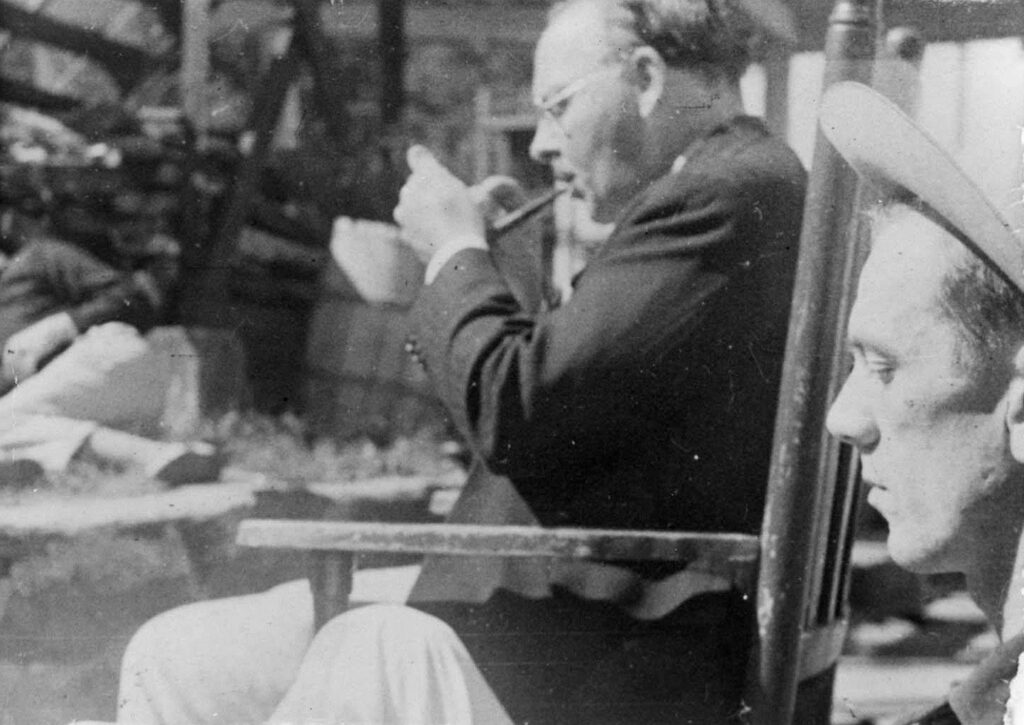
“…there is something of the artist in everyone and the development of this talent, however small, carrying with it a severe discipline of its own, results in the students becoming more sensitive to order in the world and within himself than he can ever be through intellectual effort alone.”
John Rice, Black Mountain College Bulliten, 1935 (p. 34)

“The summer sessions permitted an extraordinary form of cross-pollination.” 🐝🐝🐝
“Almost none of the summer faculty was paid a salary but received instead room and board and some relaxing time in the country.”
Helen Molesworth , p. 42
“The summer sessions modeled a form of artistic community, one that de Kooning took with him to New York in 1950, when he helped to found the Artists’ Club, a gathering dedicated to the presentation of avant-garde ideas.“
“Black Mountain helped to establish the idea that an art school is a place of competing and diverse ideas, where the task of the faculty is to commit to a sense of rigor instead of personal taste, and the job of the students is to navigate the complexity of the options, in the hope of finding their own paths through what John Cage called “the big question,” namely, “What are you going to do with your time?”[^3]
Helen Molesworth, p. 45
“the relation is not so much of teacher to student as of one member of the community to another.”
Black Mountain College Catalogue
Leap Before You Look, p. 80
“In essence there exists the utmost freedom for people to be what they please. There is simply no pattern of behavior, no criteria to live up to. People study what they please, as long as they want to, idle if they want to, graduate whenever they are willing to stand on examination, even after only a month here, or a year, or whatever, or they can waive all examinations, and graduations. They can attend classes, or stay away. They can work entirely by themselves, or they need not work whatever. They can be male, female, or fairy, married, single, or live in illicit love.”
Jack Tworkov , p. 42
These examples highlight an egalitarianism and exchange of ideas that I’d like to foster in creative spaces I facilitate.

John Andrew Rice holding court with students (including Dave Bailey, in hat), Black Mountain College, circa 1933 or ’34
“What you do with what you know is the important thing. To know is not enough.”
John Rice, pg. 77
“There were no letter grades at Black Mountain College, nor were there required courses, set curricula, standard examinations, or prescribed teaching methods.”
“When John Rice established Black Mountain College in 1933, he sought to create a school that dissolved distinctions between curricular and extracurricular activities, that conceived of education and life as deeply intertwined, and that placed the arts at the center rather than at the margins of learning.“
“For Rice, education was registered not by grades or other standard criteria but in a heightened desire to learn and to question, which would lead students to an expanded aptitude for solving a range of problems and to a richer sense of self.”
Ruth Erikson, p. 77
“WE DO NOT ALWAYS CREATE ‘WORKS OF ART,’ BUT RATHER EXPERIMENTS; IT IS NOT OUR AMBITION TO FILL MUSEUMS: WE ARE GATHERING EXPERIENCE.”
Josef Albers, p. 33

Josef Albers giving Nan Chapin (and others) painting pointers, Lee Hall porch, Blue Ridge campus, Black Mountain College, spring 1936
“Josef Alber’s thought of teaching art as analogous to teaching a language, hence the students had to begin with the building blocks of aesthetics; he called drawing a ‘graphic language’ that was both a ‘visual and manual act.’ “
“Alber’s color course… proved that the experience of color was ultimately fungible.”
For example: Cutting up and collating bits of paper to see how they change in relationship to each other.
Helen Molesworth, p. 34
“The relativity of our experience of color has philosophical and ethical implications, as well. If our experience of a piece of colored paper can change so demonstrably, then what side footing do we have when we appeal to ‘common-sense’ truths like color?”
“forms are subject to perception – what Albers calls experience.”
“The task of training students to see, “to open eyes,” as Albers often said, was to facilitate their critical awareness of the made qualities of the world around them, to make them self-aware of their own experiences to better prepare them for the democratic work of making considered choices.”
“Rather Albers insisted on the relativity of color, the perceptual instability of human experience, and the need for a constant performance or testing of innumerable variables.”
Helen Molesworth, p. 41
This basis for experimentation is really key to BMC – although every artist interpreted that in their own way. Albers’ way was questioning your own perception and experience as a lesson to think deeply about the world.
Footnotes
- Image Source: https://www.flickr.com/photos/davidsilver/29287248690/in/album-72157673611048125/
2. Image Source: https://www.flickr.com/photos/davidsilver/7364006522/in/album-72177720312993838/
3. John Cage question from interview in 1968. Interviewer: “But does that alter the fact that you might have preferred going to a different happening?” Cage: “That’s not an interesting question; for you are actually at this one where you are. How are you going to use this situation if you are there? This is the big question. What are you going to do with your time? If you use it negatively, you really are not consuming. You’re rather doing some other kind of thing which, as I’ve explained just now, loses tempo. You have somehow to use it posi-tively. We have illustrations of how to get at this, and it would be part and parcel of the new ethic or new morality or new aesthetic.” Source: p. 28 in John Cage: An Anthology (1991)
4. Image Source: https://www.flickr.com/photos/davidsilver/29523433136/in/album-72157673611048125/
5. Image Source: https://www.flickr.com/photos/davidsilver/18655203702/in/album-72157673611048125/
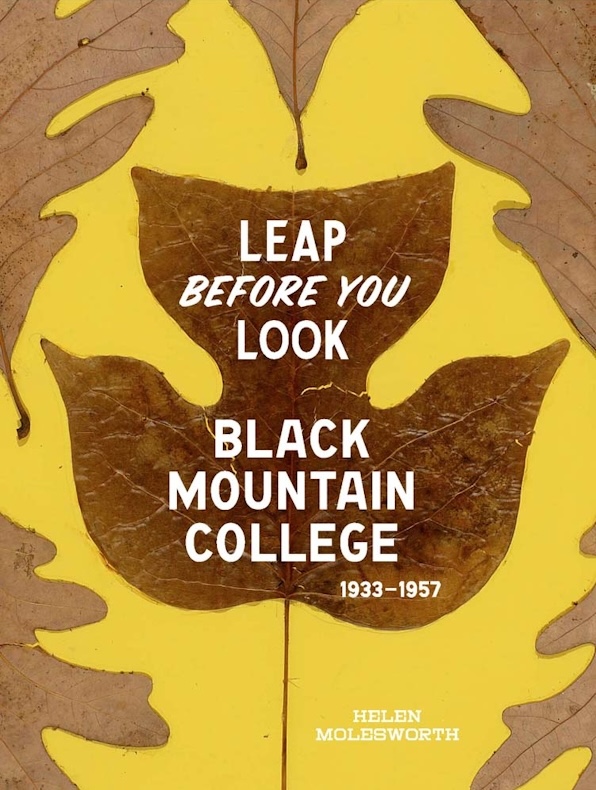
Book Information
Edition
Hardcover
Source
Personal Library
Publisher
Yale University Press
Publication Date
2015
ISBN
9780300211917
Length
400 pages
Dimensions
9.50 x 12.50 in
Book Information
318 color + 170 b-w illus.
I haven’t bought a book that cost this much since university, but it is a beauty. If you’re interested in reading I’d suggest checking out an interlibrary loan or trying library at your nearest art museum. But compared to going back to school for a Ph.D., which I briefly considered this Spring, this book is basically a steal. 😉
Cross Pollinate 🐝
More posts about Black Mountain College.
